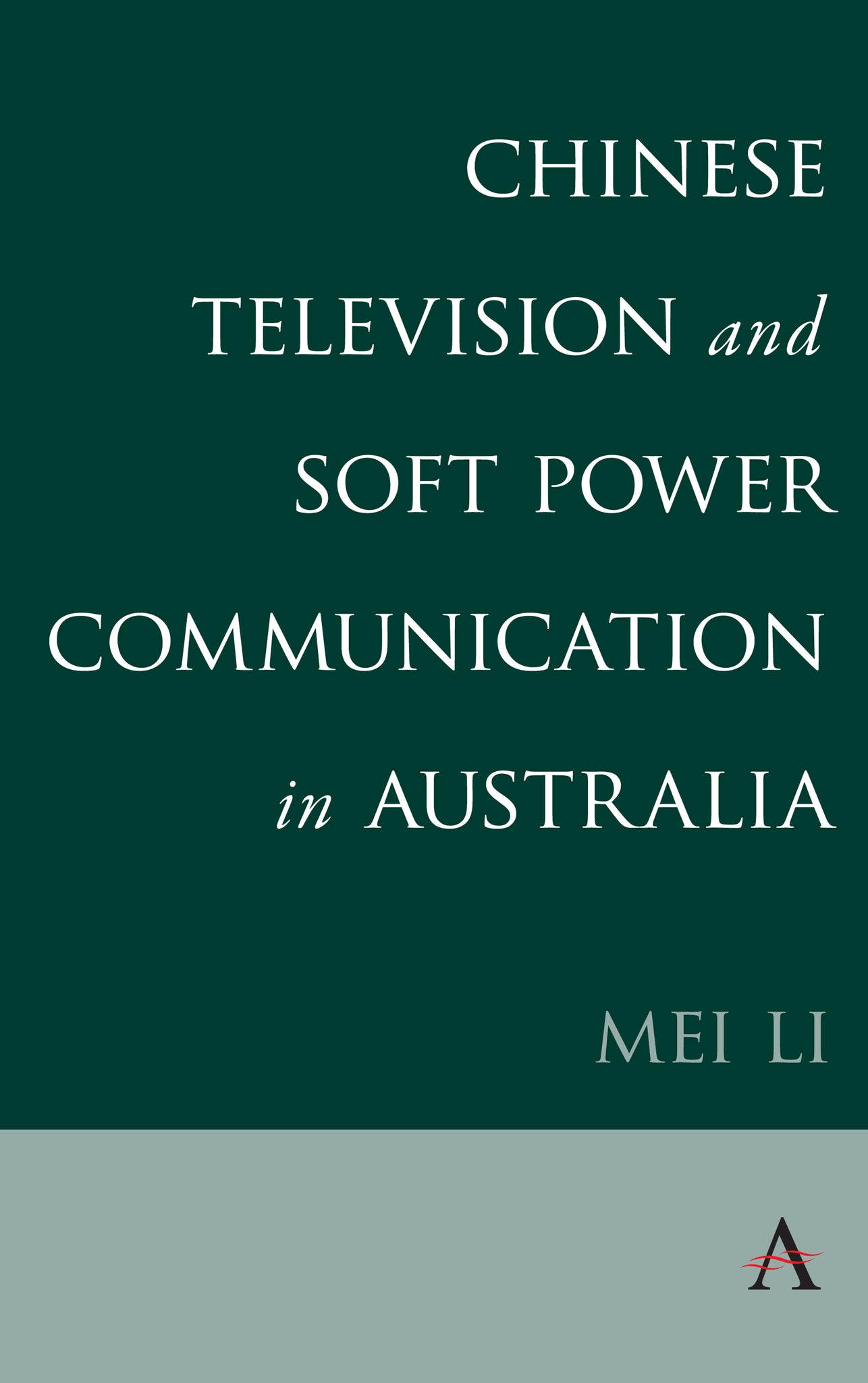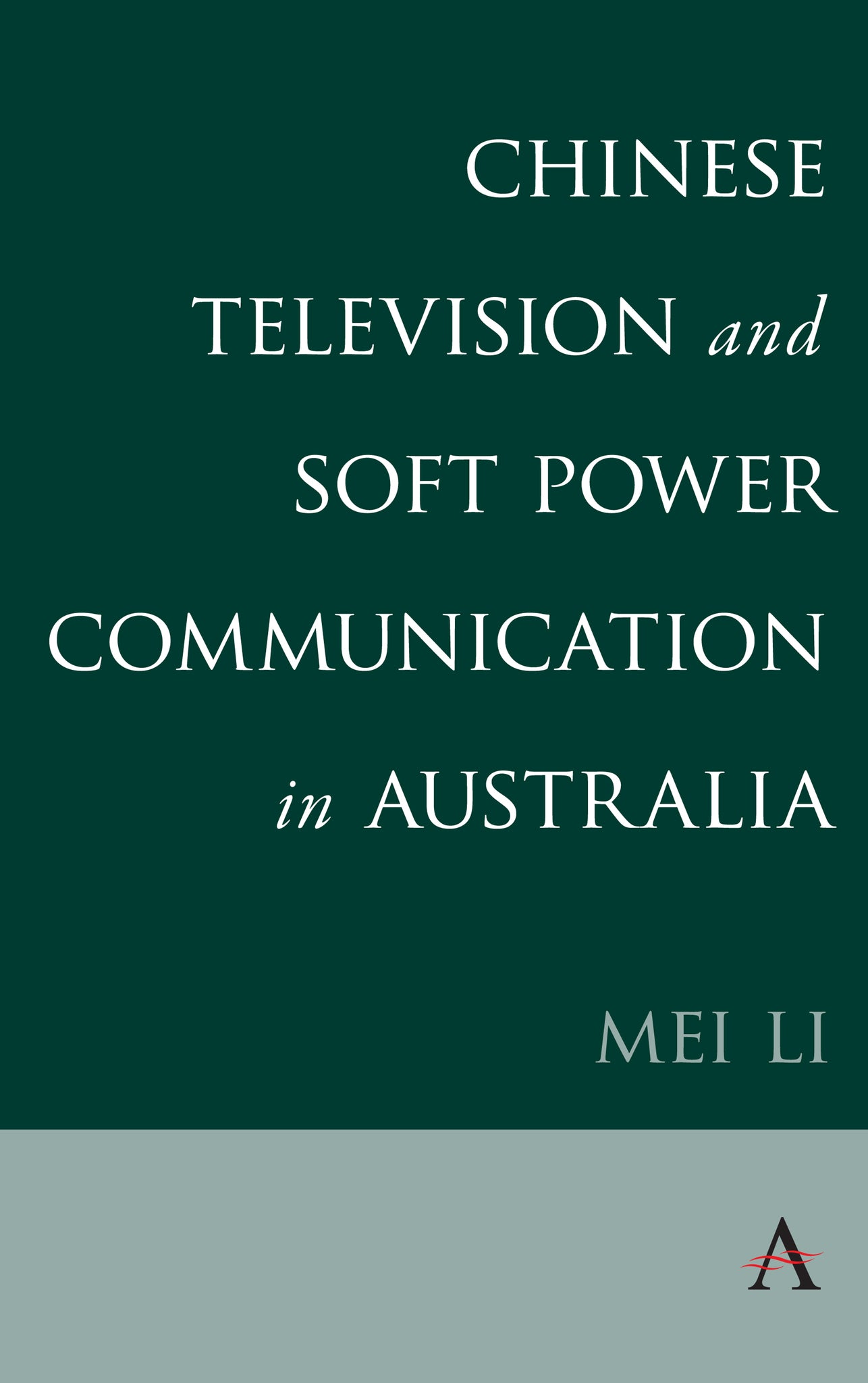We're sorry. An error has occurred
Please cancel or retry.
Chinese Television and Soft Power Communication in Australia

Some error occured while loading the Quick View. Please close the Quick View and try reloading the page.
Couldn't load pickup availability
- Format:
-
16 December 2019

Chinese Television and Soft Power Communication in Australia discusses China’s soft power communication approach and investigates information handling between China and its targeted audiences in the eyes of key influencers – intermediate elites (public diplomacy policy elites in particular) in China and Australia. It explores CGTN (with staff from several professional cultures) and conducts a systemic test of how successful/unsuccessful China’s soft power message projection is in terms of congruence between projected and received frames as a pivotal factor of its power status. The analysis is based on a case study of frames in the messaging on Chinese international TV about China’s Belt and Road Initiative and in the minds of Australian public diplomacy policy elites. The question raised is whether and how Australia is listening.

SOCIAL SCIENCE / Media Studies, POLITICAL SCIENCE / International Relations / Diplomacy, POLITICAL SCIENCE / Political Process / Media & Internet

‘China’s fast-paced economy is reshaping the international landscape with new trade and investment infrastructure. Chinese international TV must reassure the world about China’s rapid rise. Mei Li’s detailed study on Chinese international TV’s framing of BRI and its reception by Australian audiences is essential and edifying reading for China Watchers.’
—Naren Chitty, Foundation Chair in International Communication, Inaugural Director, Soft Power Analysis & Resource Centre, Faculty of Arts, Macquarie University, Australia
List of Illustrations; Acknowledgements; List of Abbreviations; 1. Introduction; 2. China’s Soft Power Strategy through Media; 3. International Relations, Information Flow and Soft Power; 4. Intended and Received Frames of China and the Expectation on Media; 5. Belt and Road Initiative in the Framing Process; 6. Discussion and Conclusion; Bibliography; Index.



